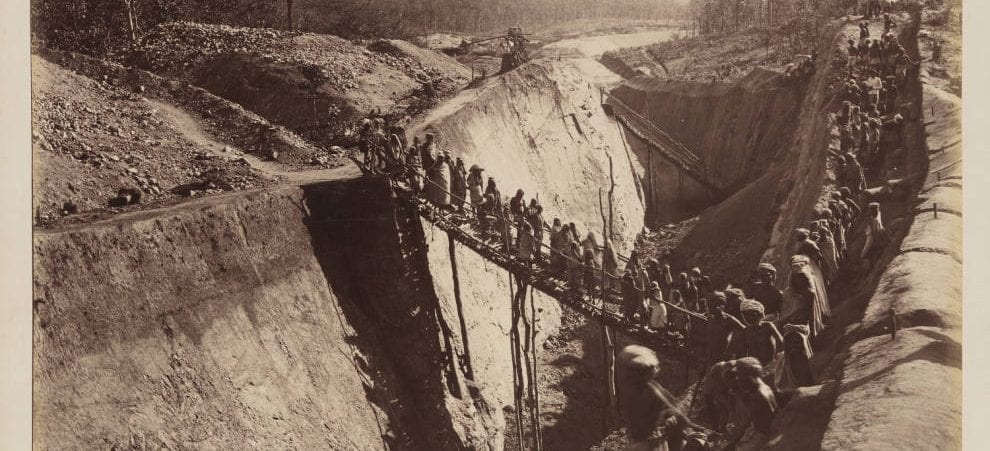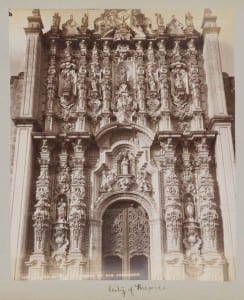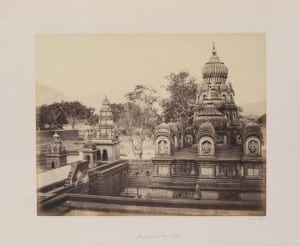Photographer: William Johnson
Location: Mexico City (1897)
This Cathedral is to be found in Mexico City, Mexico and the photograph was taken in 1897. Like the image of the Hindu Temple, it is obvious how much wealth was expended on constructing and maintaining the building itself, underscoring its importance to the community and the society which worshiped in it. One can see the fantastic amount of time and effort spent carving its façade! This Cathedral too, formed the cultural and educational center of its community. However, unlike the Hindu Temple, there is nothing overtly divisive about the building. All Mexican society was considered catholic by this time. The Cathedral may have at one time symbolized oppression by the Spanish colonialists who introduced Catholicism to the Americas in the 17th Century, but those times were long past by the time this picture was taken. There was no rival religion or opposition to Catholicism by 1897, in fact this church represented a common sanctuary for all Mexicans.
Creator: Unknown
Location: Wai, Maharashtra, India
The Hindu Temple depicted in this photograph is to be found in Wai, Maharashtra, India and was taken in 1860.
This Hindu temple is a unifying and pacifying symbol for over eighty percent the Indian population, bringing together Jain’s, Sikh’s Hindus and forming the center-piece of social and political life as well as a place of worship. In that respect it is similar to the Catholic Church in Mexico during the same period. But this Hindu Church is also divisive symbol; it was, and remains, loathed by the sub-continent’s huge Muslim Population who with a helping hand fled persecution at the hands of Hindu’s in the middle of the twentieth century and formed its own Muslim denominated nation, Pakistan, in 1947. The ornate and elaborate decoration, particularly around its Vimana (tower), symbolizes the importance of the Hinduism to its adherents, and also reflects the enormous effort and wealth expended on the construction. The detail evident in the image represents its importance to the society it served. In this respect it shares much with the Catholic Cathedral.



